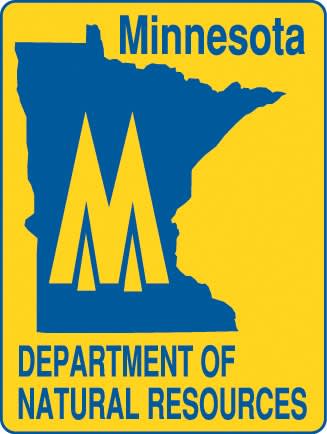Waterfowl Hunters and Harvest Increase from 2010 in Minnesota
OutdoorHub 07.31.12

Minnesota hunters bagged more ducks and Canada geese in 2011 than in 2010 and more waterfowl hunters took to the field, too, reversing a downward trend, according to the Minnesota Department of Natural Resources (DNR).
“The results are in and the numbers moved in a good direction,” said Dennis Simon, DNR wildlife section chief. “Duck hunter numbers and success were up, resulting in an increased harvest from 2010.”
Simon said new data from the U.S. Fish and Wildlife Service also showed that Minnesota ranked first in the nation in Canada goose harvest and second in the number of active waterfowl hunters.
“The takeaway from last year’s season is that more waterfowl hunters were in the field and those who went hunting had better success, which is a good thing and something hunters have longed for,” said Simon. “It means that the harvest was up as well, but total duck harvest was still well within our long-term historic averages.”
The total duck harvest in Minnesota increased 19 percent from 2010, from 524,000 ducks in 2010 to 621,000 ducks in 2011. The recent 10-year average harvest is 655,000 ducks.
Mallards were the most common duck in hunters’ bags, with 181,000 mallards harvested. Mallards represented 29 percent of the total duck bag. The recent 10-year average mallard harvest is 206,000 mallards.
Wood ducks were the second most common duck in hunters’ bags, with 151,000 wood ducks harvested in 2011 compared to 78,000 in 2010. The recent 10-year average wood duck harvest is 102,000 birds. Blue-winged teal harvest was 90,000, ring-necked duck harvest was 63,000, and green-winged teal harvest was 37,000.
Duck hunter success was 8.1 ducks per hunter per season, which increased from 7.5 ducks per hunter per season in 2010 and near the 10-year average of 8.4 ducks per hunter per season.
Steve Cordts, DNR waterfowl specialist, said the agency made a number of regulation changes in 2011 that collectively played a role in last year’s higher harvest. “We created additional opportunity by establishing North and South Duck zones and opening the season one week earlier than normal. Hen mallard and wood duck bag limits were changed. Shooting hours were changed to one-half hour before sunrise on opening day,” said Cordts. “Breeding duck numbers and duck production were also very good in 2010, which resulted in large numbers of ducks present during fall hunting seasons.”
Cordts said opening the season earlier likely had the most impact on increases to duck harvest, particularly with the large increase in harvest for early migrant species like blue-winged teal and wood ducks.
Canada goose harvest increased from 189,000 in 2010 to 239,000 in 2010 and was above the 10-year average of 220,000 Canada geese. About 100,000 Canada geese were harvested during the early September goose season.
The number of active duck hunters in Minnesota was 77,000 in 2011, an increase from 70,000 in 2010. Minnesota ranked second nationally in 2011 in numbers of active duck hunters, trailing only Louisiana. “While encouraging, this is still lower than the 100,000 active duck hunters in Minnesota as recently as 1999,” said Cordts.
Estimates of hunting activity and harvest are derived using the Harvest Information Program (HIP), required for all migratory bird hunters. A series of screening questions are asked of hunters when they purchase a license. The screening questions are not the harvest survey but help to better identify migratory bird hunters, who are then randomly selected and mailed harvest surveys and asked to record hunting activity and harvest during the season.

